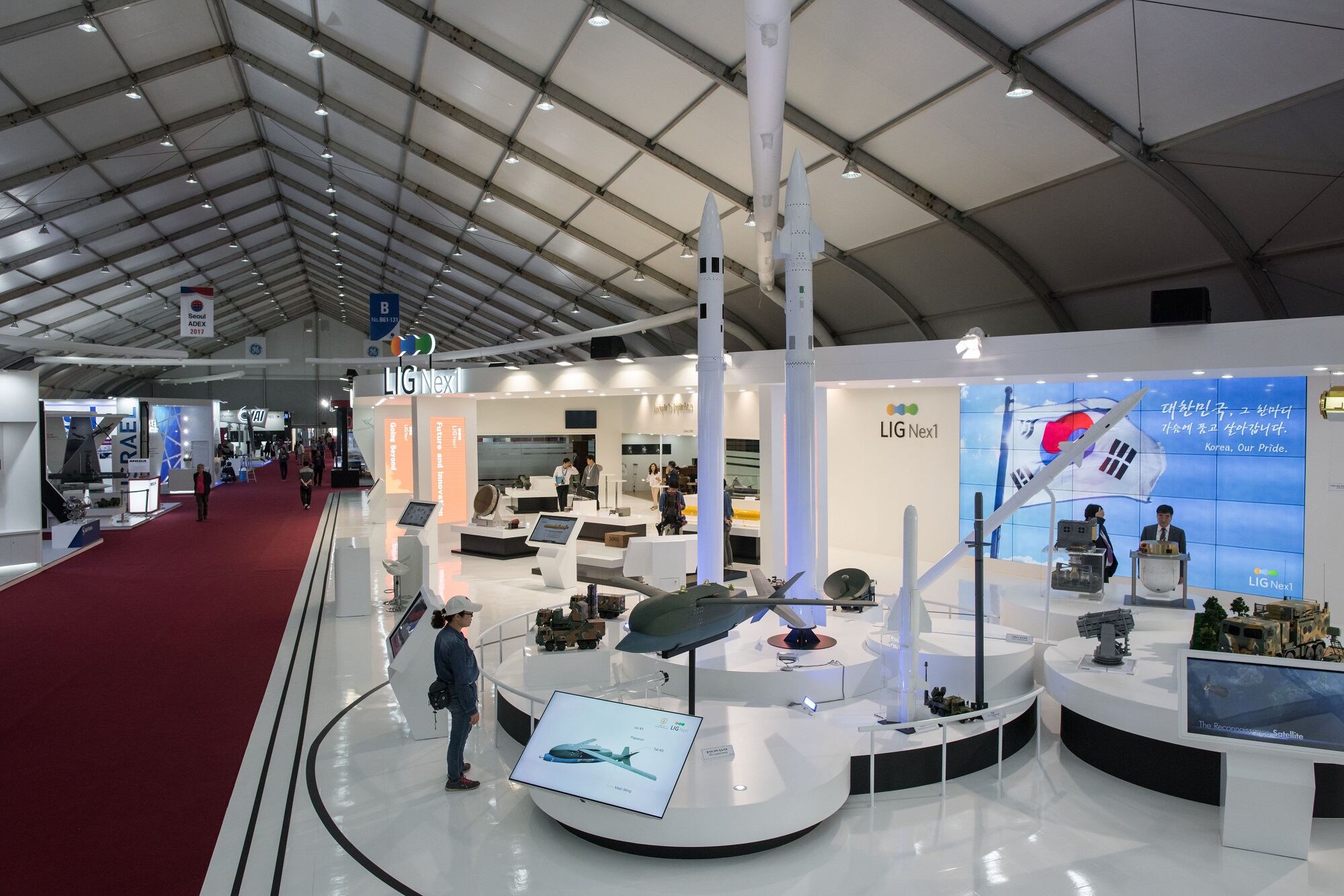MELBOURNE, Australia ― Russia’s Sukhoi Su-27/30/35 Flanker family continues to rack up export successes in Asia, with Myanmar being the latest regional country to acquire the combat-proven jet.
According to a news release by Russia’s Ministry of Defence, Russian Deputy Defence Minister Lt. Gen. Alexander Fomin announced that the Southeast Asian country will acquire six Su-30s during Russian Defence Minister Sergei Shoigu’s visit to Myanmar over the weekend.
The news release did not specify the Su-30 variant that Myanmar will acquire, nor did it disclose the value of the contract or payment terms.
Fomin also expressed confidence that the Su-30 would become the main fighter jet of Myanmar’s Air Force, and the ministry’s release also said Myanmar “is actively procuring” other Russian military hardware for its armed forces.
This includes the Yakovlev Yak-130 Mitten advanced jet trainer, with Myanmar’s Air Force having taken delivery in December of half of the 12 aircraft ordered. The service currently operates a mixture of older, mainly Chinese combat aircraft alongside a handful of Russian MiG-29 Fulcrum interceptors.
With this acquisition, Myanmar joins China, India, Indonesia, Malaysia and Vietnam in operating variants of the Flanker family. Most of these countries are flying variants of the Su-30MK multirole fighter, with country-specific differences in their avionics and other capabilities. China, Vietnam and Indonesia also have the older Su-27 interceptor in their respective inventories, while the latter is reportedly on the verge of concluding protracted negotiations with Russia for the supply of the super-maneuverable Su-35 fighter, which is already in service with China.
China has also built a large number of licensed and unlicensed copies of the Su-27 known as the Shenyang J-11, and in recent years it has developed its own Flanker-based carrierborne fighter and Su-30, known respectively as the J-15 and J-16.
These are equipped with indigenous avionics, systems, weapons and engines. They are mostly similar to Russian-built Flankers only in external appearance.
The attraction of the Flanker family among Asia’s air forces lies in its capabilities in relation to acquisition costs, which are just a fraction of contemporary Western fighter designs. The lack of political strings attached to arms sales, as well as a willingness to accept commodities as partial payment, have also been cited as selling points for Russian weapons.
Figures released by the Stockholm International Peace Research Institute show Russia is currently the world’s second-largest arms exporter after the United States, with $35.4 billion worth of arms exports in the period between 2012 and 2016, representing 23 percent of global arms exports.
RELATED

Mike Yeo is the Asia correspondent for Defense News.








